Lucid to Introduce Less Expensive Air Pure EV

It's possible to spend a quarter-million dollars on a new Lucid Air Sapphire Edition, and even the “normal” Grand Touring trim starts at $154,000. Since almost nobody can afford an EV that costs five times the median income in this country, Lucid decided to come up with an “affordable” version of the Air. Called the Pure, the new entry-level trim starts at a still-expensive $87,400 before options, taxes, and destination. Lucid will introduce the car at an online event on November 15, prior to the Los Angeles auto show.
There’s no way around the fact that Lucid’s cheapest car is still more expensive than most automakers’ highest-end models, but the Pure does at least offer better range, power, and features than most other vehicles. Rear-wheel drive is standard and all-wheel drive is available. The powertrain produces 480 horsepower, and the car can achieve up to 406 miles of range per charge. Lucid says it can recover up to 300 miles in 22 minutes using fast charging.
The Lucid Air Pure’s price tag and specs are in line with non-Plaid versions of the Tesla Model S, while the other Air trims compete closely with the Tesla Model S Plaid. The sold-out Lucid Air Dream Edition’s range extends to 520 miles and delivers 933 horsepower. Those numbers shame the Model S Plaid’s 348-mile range, while the Air Grand Touring returns up to 516 miles and the Air Touring up to 406.
[Image: Lucid Motors]
Become a TTAC insider. Get the latest news, features, TTAC takes, and everything else that gets to the truth about cars first by subscribing to our newsletter.

Chris grew up in, under, and around cars, but took the long way around to becoming an automotive writer. After a career in technology consulting and a trip through business school, Chris began writing about the automotive industry as a way to reconnect with his passion and get behind the wheel of a new car every week. He focuses on taking complex industry stories and making them digestible by any reader. Just don’t expect him to stay away from high-mileage Porsches.
More by Chris Teague






















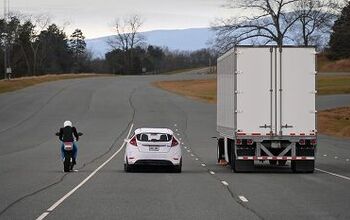
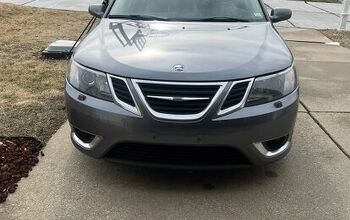
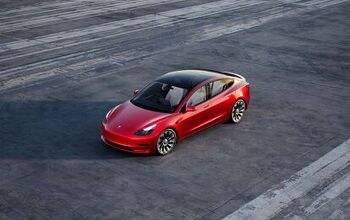
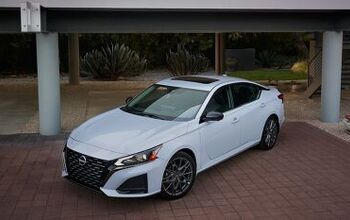

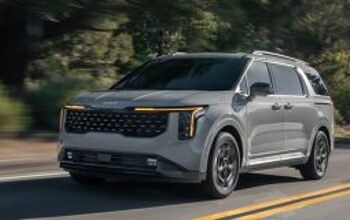

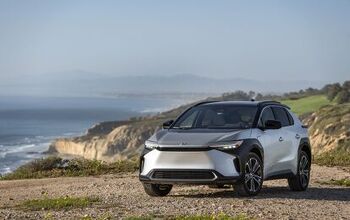


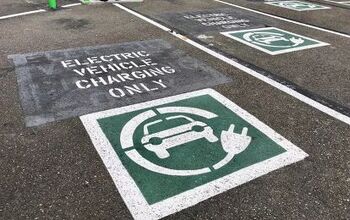
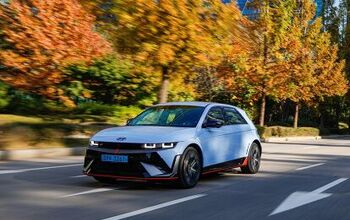
Comments
Join the conversation
Can't wait to see the next Porsche review - really lay into its lack of workingman's access.
So it's 85 grand...if you can't afford it, don't buy it.
It is too expensive because working class incomes have fallen in real terms since the 1950's. For all who pine for the 1950's values and prosperity, as Ted Cruz does, we had a top marginal tax rate of 91% and 1/3 of the workforce was unionized.
It's a complex issue, but if the gold standard was the clear cause, then all countries that floated their currencies would show a similar rise in income disparity and poverty . However, income disparity does not move with with a gold-backed currency.
What does correlate with low poverty and a wealthy middle class is high upper income taxes, high wages and strong unions and which help redistribute income over a wider base, making more people wealthy. It is simple and logically sound. The idea is so appealing that it is repeatedly presented as a product of trickle-down, (rising tide lifts all boats) without any plausible mechanism.
What is the equivalent simple mechanism showing that pegging a currency to a mined metal increases middle class wealth? Why has every country abandoned the gold standard?
Countries that care about the working class, generally also care about the poor. In the Netherlands, taxes are high, social support is strong, housing is a right, and there are virtually no homeless. There are plenty of very wealthy people, but if you walk around Amsterdam at night, there is an absence of outdoor sleeping (except drunk tourists) because there is concern for the poor and needy.